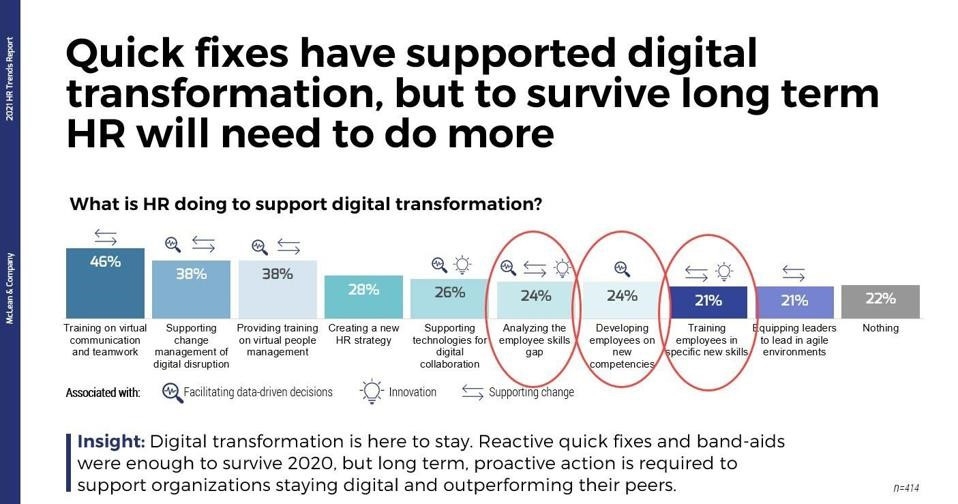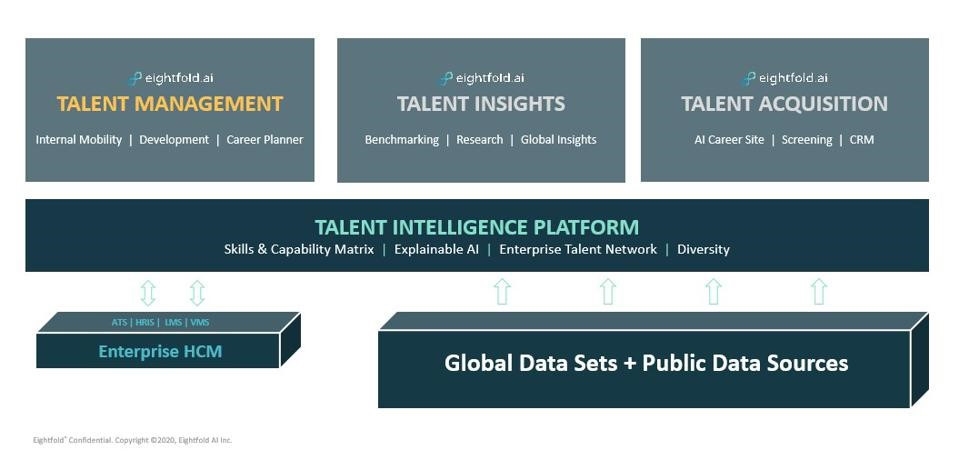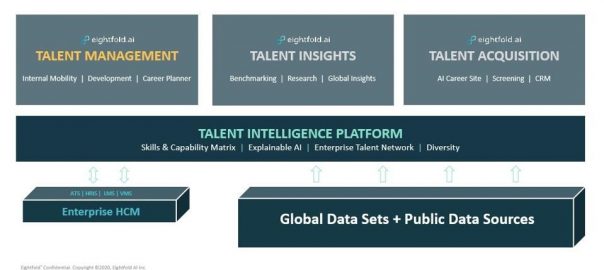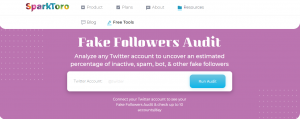
Bottom Line: CHROs and the HR teams they lead need to commit to keep learning and adopting digital technologies that help improve how they hire, engage and retain talent if they’re going to stay competitive.
Driven by the urgency to keep connected with employees, customers and suppliers, McKinsey’s recent Covid-19 survey finds global organizations are now seven years ahead of schedule on digital transformation initiatives. HR’s role is proving indispensable in enabling the fast pace of digital adoption today. By providing Business Continuity Planning (BCP), HR’s contributions to digital transformation separate the organizations that thrive despite crises versus those left behind, according to McLean & Company’s 2021 HR Trends Report. The graphic below from the report shows how effective HR has been in supporting the rapid changes needed to keep employees communicating and engaged.
The McLean and Company Trends Report also shows that talent management’s major gaps need attention now before they grow wider. These areas include analyzing the employee skills gap (24%), developing employees on new competencies (24%), and training new employees in specific new skills (21%). Improving talent acquisition, retention, diversity and inclusion, and employee experiences by digitally transforming them with greater personalization at scale and visibility is key. CHROs and the HR teams they lead need to close these gaps now.

How To Get Started Digitally Transforming Talent Management
Start with the gaps in talent management you see in your organization. The largest gaps are often in the following four areas: recruiting and talent acquisition; retention of top talent and diverse talent; lack of visibility into employee capabilities; and workforce strategies not aligned to business strategies. Key challenges that need to drive digital transformation in these four areas include the following:
- Legacy recruiting and Applicant Tracking Systems prioritize HR’s needs to capture thousands of resumes instead of delivering an excellent candidate experience. Attracting and recruiting the most qualified candidates in a virtual-first world is a daunting task. Organizations who are leaders in digital transformation quickly realized this and relied on automating the applicant experience so much it began to resemble the Amazon 1-Click Ordering experience. McKinsey’s recent Covid survey found that 75% of organizations digitally transforming their operations, including HR, were able to fill tech talent gaps during the crisis:

Source: McKinsey & Company, 2020, How Covid-19 has pushed companies over the technology tipping point—and transformed business forever
- Top talent retention is more of a problem than many organizations realize, with top performers receiving between five and ten recruiter calls a month or more. The average tenure of employees at companies has been decreasing for nearly two decades. And a primary driver is not for lack of opportunity, but because employees can’t find a career path internally as easily as they can find a growth opportunity at another company. It’s possible to retain the top talent by guiding employees to what’s next in their careers. Of the many approaches to providing employees a self-service option for personalized coaching guidance at scale, Eightfold’s Talent Intelligence Platform is delivering results at such notable companies as Air Asia, Micron, NetApp, and others. Eightfold found that 47% of top talent leave within two years, but most would happily stay if given the right opportunity. The following video explains how Eightfold helps its customers retain talent:
- Employees often lack visibility into new internal opportunities, and both HR and business leaders lack visibility into employees’ unique capabilities. There’s often a 360-degree lack of visibility into new internal career positions from the employee’s side and a lack of awareness on the employer’s side of their employee’s innate capabilities. The lack of visibility from the employer side limits their ability to benchmark talent, create programmatic, scalable, and flexible career development opportunities and ultimately redeploy talent in an agile way that serves business strategies that are evolving rapidly in response to the impacts of the global pandemic.
- Workforce strategies that don’t align and support business strategies waste opportunities to improve morale, productivity, and employees’ professional growth. While organizations have invested heavily in valuable infrastructure, including Learning Management Systems (LMS) and other employee experience and development tools, they often lack a unified platform to help deliver the right growth opportunities to the right person at the right time.
Achieving Greater Automation, Visibility And Personalization At Scale
Talent management is core to any digital business and the competitive outcomes each can produce today and in the future. To make greater contributions, Talent Management needs to deliver the following by relying on a unified platform:
- Talent Management platforms need to combine ongoing business insights based on operations data, technology management data, and business transformation apps and tools to create new digitally-driven employee experiences quickly.
- A key design goal of any Talent Management platform has to be delivering personalized candidate or prospect experiences at scale through every communications channel an organization relies on, both digital and human.
- The best Talent Management platforms provide the apps, data, and contextual intelligence to drive task and mission ownership deep into an organization and reinforce accountability. What’s noteworthy about Eightfold’s Talent Intelligence Platform is that it has designed-in empathy and the ability to deliver quick, effective decisions that further reinforce team inclusion. Eightfold’s many customer wins in Talent Management illustrate how combining empathy, inclusion, and accountability in a platform’s design pays off.
As McLean & Company’s 2021 HR Trends Report shows, taking a band-aid approach to solving Talent Management’s many challenges is effective in the short-term. Turning Talent Management into a solid contributor to business strategies for the long-term needs to start at the platform level, however. Eightfold’s approach to combining their Talent Management, Talent Insights and Talent Acquisition modules, all supported by their Talent Intelligence Platform, enables their customers to define their digital transformation goals and strategies and get results.

Conclusion
The Talent Management goal many organizations aspire to today is to digitally transform candidate or prospect experiences so well that people have an immediate affinity for the company they apply to, and the self-service options are so intuitive they rival Amazon’s 1-Click Ordering Experience. Across any industry, digital transformation succeeds when customers’ expectations are exceeded so far that a new category gets created. Uber’s contextual intelligence, rating system, and ability to optimize ride requests is an example. UberEats provides the same real-time visibility into every step of each order, creating greater trust. Domino’s Pizza Tracker app keeps customers informed of every phase of their orders. What’s common across all these examples is personalization at scale, real-time automation across service providers, and real-time visibility. Those same core values need to be at the center of any Talent Management digital transformation effort today.
Business & Finance Articles on Business 2 Community
(47)





